Coronary angioplasty
Transcript
Percutaneous coronary intervention, also known as coronary angioplasty, opens narrowed coronary arteries.
In this procedure, doctors insert a long, thin tube called a catheter in an artery in the groin or wrist and thread it to the affected artery using X-ray imaging. Doctors then inject a small amount of dye through the catheter to the artery to help them see any blockages or narrowing on X-ray images. A catheter with a balloon on the tip is then inserted through the first catheter and guided to the heart.
When the catheter reaches the narrowed or blocked area of the artery in the heart, doctors inflate the balloon to reopen the artery and improve blood flow. The balloon is then deflated and removed.
In most cases, doctors then insert another catheter with a mesh tube attached called a stent. The stent is then placed in the narrowed area of the artery to prevent re-narrowing after the artery is widened. Doctors then remove the catheter.



